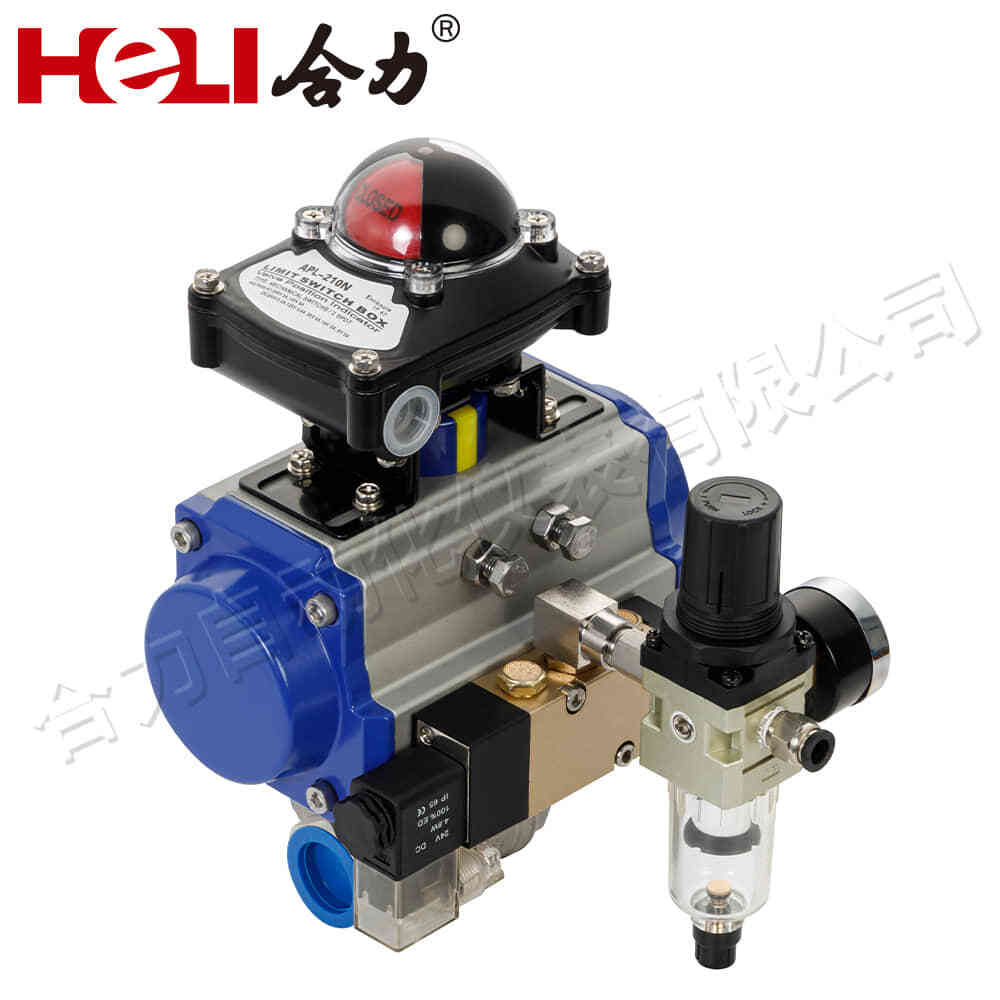Pneumatic actuators are critical components in various industrial applications, utilizing compressed air to convert energy into motion. This technology plays a significant role in automation and control systems, providing reliable and efficient movement for a multitude of processes. This article delves into the mechanisms of pneumatic actuators, their types, advantages, and applications, highlighting their importance in modern industry.

Mechanism of Pneumatic Actuators

At its core, a pneumatic actuator operates by harnessing the power of compressed air. When air is supplied to the actuator, it enters a chamber, creating pressure that drives a piston or diaphragm. This movement can be linear or rotary, depending on the design of the actuator. Linear actuators move in a straight line, while rotary actuators provide a circular motion. The fundamental components of a pneumatic actuator include: Housing: The outer shell that contains the internal components. Piston or Diaphragm: The element that moves in response to the pressure change. Air Supply Connection: The inlet through which compressed air is introduced.
